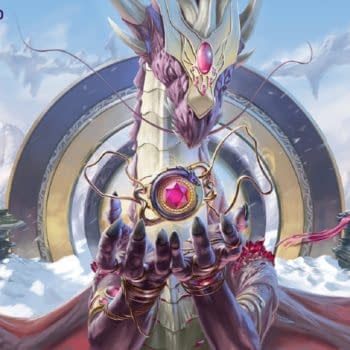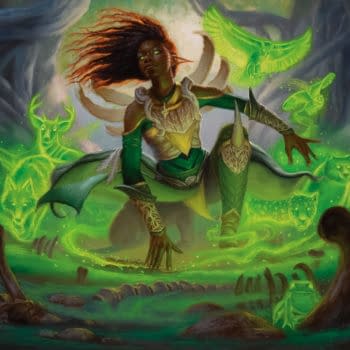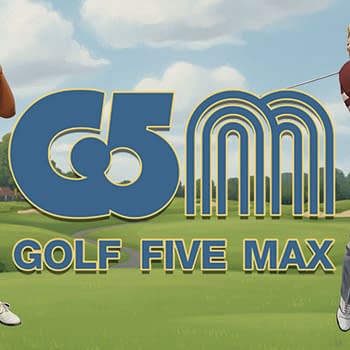Posted in: Card Games, Games, Magic: The Gathering, Tabletop, Wizards of the Coast | Tagged: Archenemy, magic, MTG, Scheme, TCG, WotC
Magic: The Gathering: Archenemy, Pt. 10: My, My, My, Oh Me, Oh My!
Hello and welcome, all players, collectors, and other fans of Magic: The Gathering, the premier collectible trading card game designed, developed, and produced by Wizards of the Coast! This is our tenth entry into our series on the Archenemy format, a 3-versus-1 multiplayer format where the singular player has a distinct set of advantages leveraged against the might of three allied opponents! However, in this installment of this series, we will be considering what the Archenemy has, and what their opponents do not. All of the schemes in this leg of the analysis will start with the word "My", just for fun (and totally not just because they're all next in the numbered sequence we're going by!).

As we have described in previous entries in this series, here is how we analyze scheme cards for Archenemy:
All Schemes will be grouped according to the overall role they play: These groupings are categorized as such:
Disruption: The Schemes take something from your opponents (and only them) that doesn't exist on the battlefield. This could be cards in hand, life, or choices like the ability to attack or cast spells.
Global: These Schemes impact each player with less disparity than the other Schemes in the game. Usually there will be an even effect for each player including the archenemy and/or their opponents, for a certain duration or instantaneously.
Removal: These Schemes remove opponents' permanents from the battlefield. These are rather self-explanatory, but could include the need for an opponent to make a tough decision.
Tempo: These Schemes give you as the Archenemy (and only you) some sort of expedited value, such as ramp, cards drawn, or even an extra turn, to name a few examples.
Value: These Schemes give you as the Archenemy (and only you) something such as tokens or cards put onto the battlefield, to name a few resources potentially granted this way. This does not include resources such as sources of mana or drawn cards, however.Next, the Schemes will be grouped further on a scale of 1-10 in terms of how well they do their job in the role provided, with 1 being rather underpowered and 10 being broken.
(For example, All In Good Time is a 9/10 for a Tempo Scheme, while Approach My Molten Realm is a 3/10 for a Global Scheme.)
With that out of the way, let's begin!
#28. My Genius Knows No Bounds
My Genius Knows No Bounds (Tempo, 4/10) is, don't get us wrong, a fantastic card for decks that absolutely thrive upon life gain and/or drawing cards en masse. But, while most decks do wish to do both of these things, paying mana for these things off of the randomized flip of a scheme card is not the best application of that mana. You'll most of the time want to use your mana to hamstring your opponents further, rather than boost the level of your card advantage or life total. As the Archenemy, your life total is probably fine anyway, and besides that, there are more effective schemes in your arsenal that will afford you additional cards. It's okay (but only just!) for a deck like Oloro, Ageless Ascetic, but so few Commander players use Oloro nowadays anyhow.
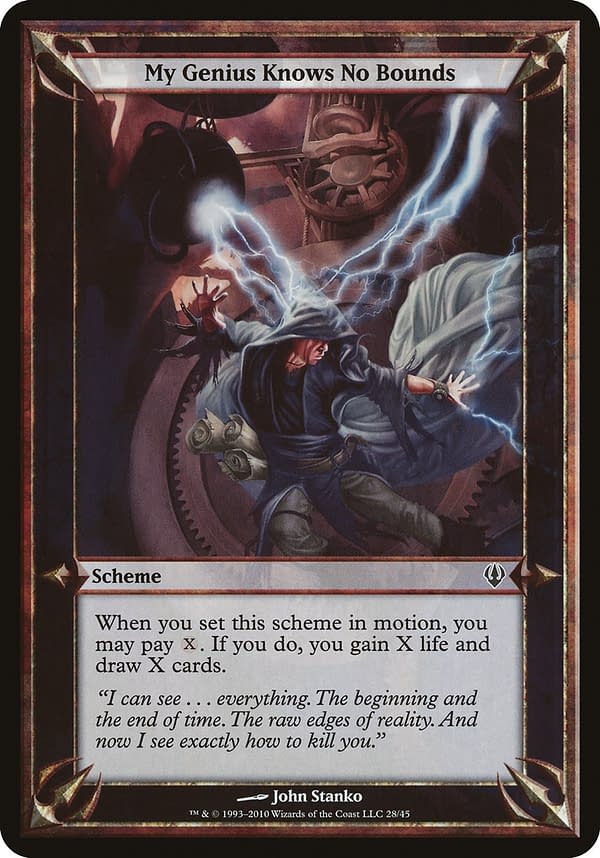
#29. My Undead Horde Awakens
My Undead Horde Awakens (Value, 9/10) is a prime example of a solidly strong ongoing scheme card. The first thing you may notice is that you will get a creature card from an opposing graveyard at your end step, which is fairly immediate but gives enough time for you as the Archenemy to set yourself up through spot removal or better. If it is at all plausible, your best bet is to get something that grants indestructible into their graveyard, such as an Avacyn, Angel of Hope. If you can resurrect that creature, that ongoing scheme is pretty much there to stay so long as Avacyn is protected. But in any case, the abandonment clause for this scheme doesn't matter too badly if it sticks around for long enough, because you don't automatically lose any of the creatures you resurrect if the scheme goes away. It's not an Animate Dead, per se – it's more powerful than that. An all-star scheme, I'd definitely use it where I could.

#30. My Wish Is Your Command
My Wish Is Your Command (Value, 7/10) is another rather good scheme in the Value category. While the card is a souped-up version of Mindclaw Shaman's enters-the-battlefield trigger (and who doesn't love to Mindclaw Shaman an opponent with a solid hand?), its ability to steal an artifact, enchantment, or planeswalker card is slightly downgraded by the fact that you can't choose absolutely anything in their hand, alongside the fact that most decks are approximately one-third lands and one-third creature cards. These three factors end up taking a point each from this scheme in our analysis, but don't let this deter you from using it in a scheme deck that wants to be stealing from the opposition!
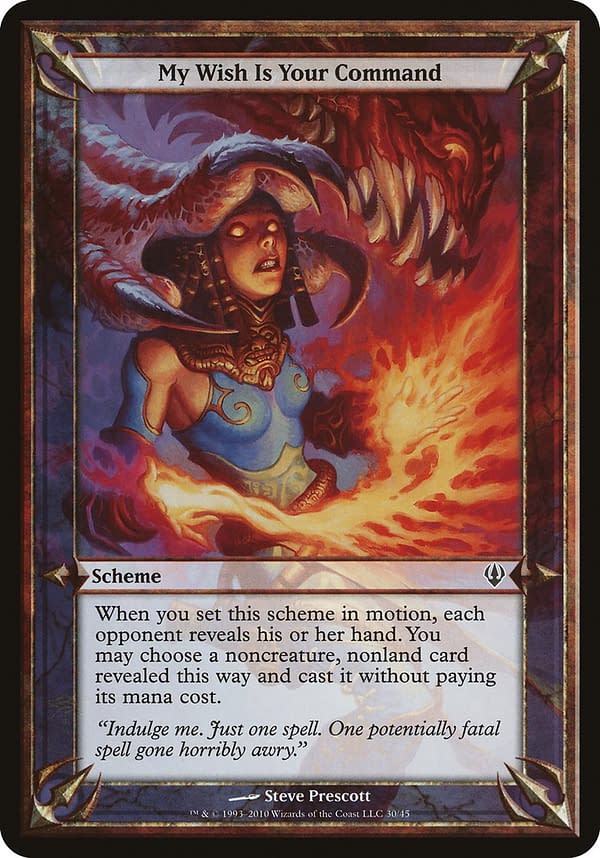
With that, we have reached the culmination of two-thirds of our analyses on the first release of Archenemy schemes for Magic: The Gathering! What do you think so far? Should Wizards of the Coast consider reprinting these? If so, why not consider writing to them about it? And in the meantime, let us know your thoughts and opinions in the comments below!



